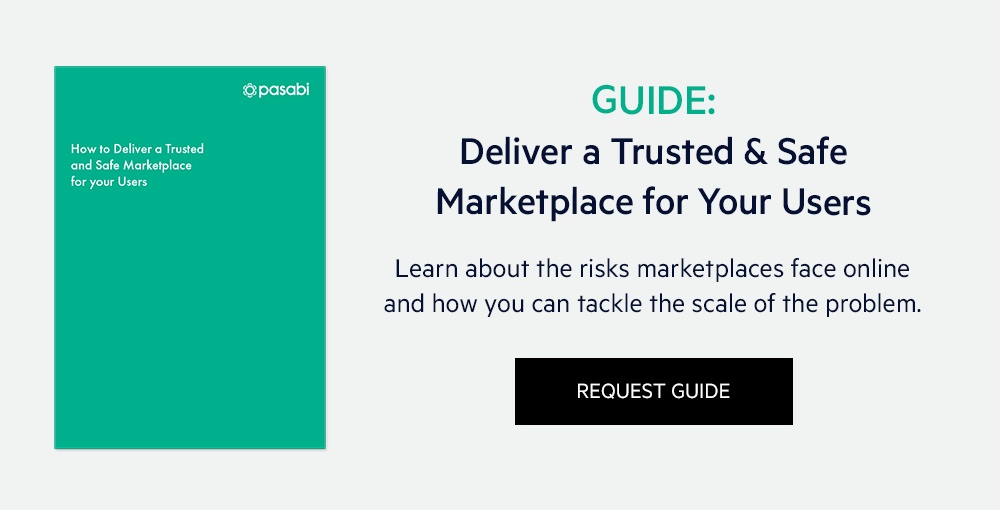'The Internet is a wonderful thing, but it opens the door to many crimes, so you have to stay ahead of it.'
Frank Abagnale, reformed fraudster & American author
Clever business idea - check! Gap in the market - check! Enthusiasm to succeed - check! Now you just want to get on and do it. Possibly motivated by frustration during the pandemic or simply accelerated by it, if you’re an entrepreneur, lockdown has likely focused your creative thinking. Dine-in restaurants offering take-away food, studio-based yoga classes over Zoom or short-term workspace rentals in non-traditional workplaces. Covid has, by necessity, created new ways of doing business.
One business model that has particularly taken off during this period is the sharing economy. From gig economy drivers to furniture rental sites to secondhand baby clothes on peer-to-peer platforms, skills, products and services are now being traded in more ways than ever before. Affordable and accessible platform technology has meant non-technical entrepreneurs can run with their idea and relatively quickly ‘set up (digital) shop’.
But the excitement of the new idea coupled with a desire to get to market, could mean key considerations lose focus. Whether you’re part of the gig economy or have a peer-to-peer platform, trust and safety are paramount to success. Skilled workers need to trust they’ll be safe and treated fairly and peer-to-peer users need to feel they’re trading in an authentic, safe environment.
Know Your Customer/Know Your Business
Often referred to as KYC/KYB, you’ll no doubt have heard this phrase used when talking about platform risk management. It relates to the practice of knowing who you're letting on your platform. Businesses offering related services talk about identity verification solutions to verify potential users, sellers or customers signing up to your platform. These services can potentially work well as an initial spot check to help you decide whether someone should be let join or sign up, depending on your requirements.
However, relying solely on this approach to risk management at the point of registration can be both exclusive and insufficient. Depending on how long the process takes, or how much friction it creates for the potential user, the drop-off rate could increase as a result of too many intermediary steps to sign-up. Frustrated users could decide to go to a competitor that offers less friction during the onboarding process.
Bad actors always find a way
Fraudsters don’t give up easily. They are guided by their ability to create multiple options for fraud, continually looking for sophisticated ways to ‘game the system’. So, imagine a bad actor has managed to slip through the ‘at the door’ verification process, potentially with fake or stolen identification. Once successfully through the onboarding process, if there are no subsequent checks, they have now found their way onto your platform to exploit both your trusted reputation and your trusting users. Without ongoing monitoring of your platform, bad actors can undo all your initial hard work to guarantee users the safe and trusted experience you aspired to provide.
Account Takeovers
Consider also the situation of a genuine, verified user having their account taken over by a fraudster. They can then pose as the account user and dupe your unsuspecting audience. High likelihood they will use multiple scamming methods, potentially even diverting them off the relative safety of your platform where your users have no protection whatsoever and are left with a very negative, and potentially harmful, experience.
Point of transaction is too late
Most fraud is carried out well before the transaction takes place. Once bad actors find a way onto your platform, they already have the ability to scam users with fake listings or fake reviews. Waiting until the actual transaction stage to catch them is often too late.
Ongoing monitoring enables growth
Naturally, platforms want to continue enjoying the considerable success they have been experiencing as the sharing economy flourishes. Friction in the onboarding process, high abandonment rates and hidden bad actors on your platform hinder this success. Ongoing monitoring, on the other hand, enables growth and supports scalability. However, manually reviewing every profile, post, listing and review is physically impossible as you scale. That’s where technology comes in.
AI technology handles volume efficiently
Artificial intelligence is designed to handle large volumes of data, making AI technology monitoring solutions ideal for supporting growth. Knowing you're able to monitor activity on your platform to spot suspicious behaviour gives you peace of mind that you're keeping your users safe, fostering trust, being more inclusive and minimising friction with your users.
Want to find out more? Understand where your potential risks lie and how you can swiftly act to maintain the trust and safety of your users as you scale in our guide.
Photo Credit: Drew Beamer


